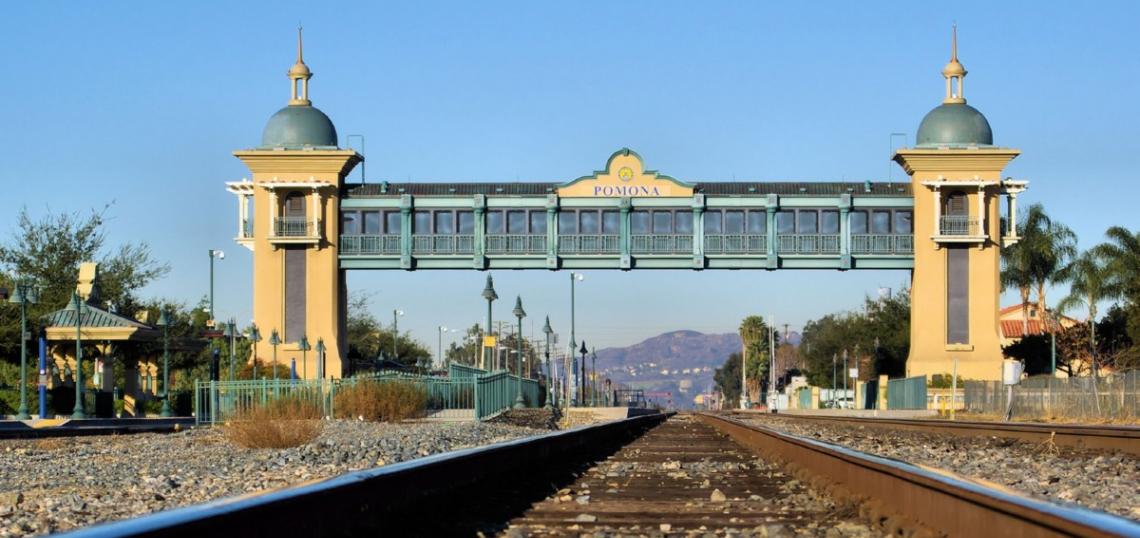When Metro opened the Gold Line to Azusa in March of last year, it was celebrated in the San Gabriel Valley as the culmination of a decades-long campaign to bring passenger rail to the Foothill Cities. Now, as Measure M funds begin flowing in, yet another extension of the Gold Line is gearing up to begin construction, but for Metrolink, the continued growth of the Gold Line is cause for concern.
In a report prepared for the Planning and Programming Committee, Metro staff notes that there has been a precipitous drop in ridership at a nearby station on the San Bernardino Metrolink line. In the year since the completion of the extension, which Metro calls the Gold Line Extension Phase 2A, boardings at Covina station have fallen 25 percent, despite being several miles from the Gold Line terminus at Azusa Pacific University.
Even more worrying for the future of Metrolink’s highest ridership line is the Gold Line Extension Phase 2B, which will extend the light rail line from Glendora to Claremont, and with a potential contribution from the County of San Bernardino, across the County line into Montclair. Three of the new stations, in the cities of Pomona, Claremont and Montclair, will be built in the Metrolink right-of-way and have stations directly adjacent to their commuter rail counterparts, offering perhaps an alluring alternative to the existing service. While Gold Line trains will take about 15 minutes longer to travel from Montclair to Union Station, they will be far cheaper and offer service every 7-12 minutes for most of the day.
In order to make sure that the two services work well together, Metro is seeking to conduct a study that would “reduce direct competition” between the Gold Line and Metrolink. The study could result in proposed changes to Metrolink, or to the light rail extension, which is scheduled to break ground this October.
Metro staff will develop a variety of express concepts for Metrolink to help differentiate the service from the Gold Line, and will also consider increasing Metrolink’s off-peak frequencies, or offering a subsidized transfer between the two lines. The study will be conducted using $500,000 made available in Measure R’s commuter rail fund by a delayed double-tracking project in the San Fernando Valley.
The San Bernardino Metrolink corridor is busy with activity already, with two jointly-conducted upgrade studies in progress. The San Bernardino County Transportation Authority, in conjunction with Metro, is studying the feasibility of running Diesel Multiple Units along the entire 60-mile right-of-way, with the results expected late next year. Elsewhere, SCAG is developing potential alternatives to extend rail or bus rapid transit to serve the Ontario International Airport. According to Metro staff, that study will conclude later this year.
Scott covers transportation and governance issues from his home in Silver Lake. Follow him on Twitter @safrazie.






